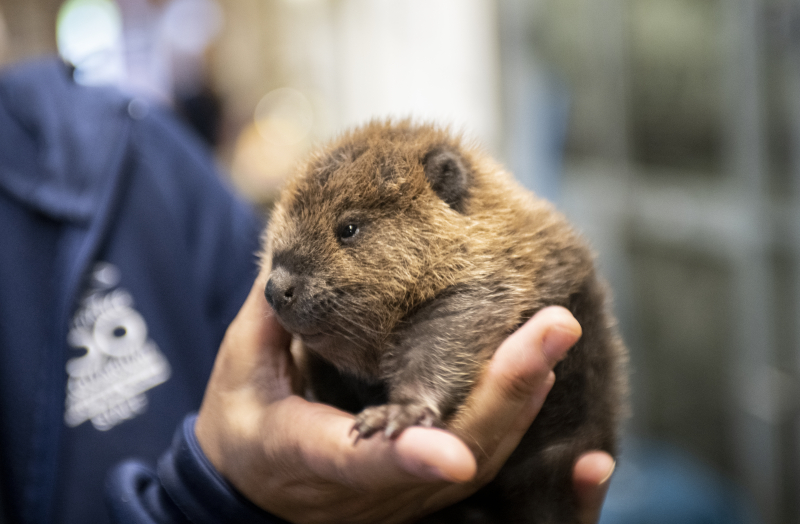Relocating beavers can be a complex process that requires careful planning and consideration of the well-being of the beavers and the environment. It is important to note that relocation should only be considered as a last resort, when all other non-lethal methods of managing beavers have been exhausted. The process of safely relocating beavers involves several steps, including site selection, capturing, transportation, and release. Here, we will provide a detailed description of each of these steps to ensure the safe relocation of beavers.

- Site Selection: Before initiating the relocation process, it is crucial to identify a suitable release site for the beavers. The selected site should have a suitable water source, sufficient food resources, and suitable habitat to support the beavers’ needs. It is necessary to obtain permission from the landowner or relevant authorities to release the beavers on their property.
- Capture Methods: There are several methods that can be used to capture beavers for relocation. It is important to choose the most humane and least stressful method possible. Some commonly used capture methods include:
a) Live Traps: Live traps are designed to catch beavers without harming them. These traps are baited with appealing food sources, such as apples or branches from preferred trees. Once the beaver enters the trap, the door closes, and the beaver can be safely transported.
b) Snare Poles: Snare poles can be used to catch beavers by gently restraining them around the neck or body. The pole should be used carefully to avoid causing injury to the beaver. Once captured, the beaver can be safely transferred to a transport container.
c) Hand Capture: Hand capture should only be attempted by trained professionals, as it involves physically restraining the beaver. This method should be used as a last resort, as it can be stressful for the beaver and poses a higher risk of injury to both the beaver and the handler.
It is important to exercise caution during the capture process to minimize stress and potential harm to the beavers. Handling beavers should be done with protective gloves to avoid potential bites, as beavers can be territorial and defensive.
- Transportation: Once the beavers are captured, they need to be safely transported to the release site. Transport containers should be secure, well-ventilated, and provide enough space for the beavers to move around comfortably. It is essential to minimize noise and disturbances during transportation to reduce stress on the beavers.
During transportation, it is crucial to ensure that the beavers are kept in a cool and shaded environment to prevent overheating. Adequate water supply should be provided to prevent dehydration. The duration of transportation should be minimized to reduce stress on the beavers.

- Release: Upon reaching the release site, the beavers should be released in a manner that maximizes their chances of survival and successful adaptation to their new environment. Consider the following guidelines:
a) Timing: Beavers should ideally be released in the spring or early summer when food resources are abundant, water levels are high, and beaver activity is naturally at its peak. This allows them to establish their new territory more easily.
b) Habitat Preparation: Prior to release, the habitat should be assessed for suitability and modified as necessary to accommodate the beavers’ needs. This may involve constructing small dams or removing barriers to ensure access to water sources.
c) Release Process: The beavers should be released near the water’s edge, allowing them to easily access their new habitat. They should be gently encouraged to leave the transport container and allowed to explore their surroundings at their own pace.
d) Monitoring: After release, it is essential to monitor the beavers to ensure their successful adaptation to their new environment. Monitoring can involve regular site visits to observe the beavers’ behavior, assess their health, and evaluate their ability to find suitable food and build new dams or lodges.
- Post-Release Care: After relocation, it is important to provide ongoing management and support to the beavers to ensure their long-term survival. This may include monitoring their impact on the habitat, working with landowners to manage potential conflicts, and implementing measures to promote coexistence between humans and beavers.
It is crucial to consult with local wildlife experts, biologists, or conservation organizations when planning to relocate beavers. They can provide guidance on the specific regulations, permits, and best practices that apply to your region.

In conclusion, the safe relocation of beavers requires careful planning, humane capture methods, suitable transportation, and proper release techniques. The well-being of the beavers and their successful adaptation to their new environment should always be the top priorities. It is important to work closely with experts and follow local regulations to ensure the ethical and successful relocation of these valuable keystone species.